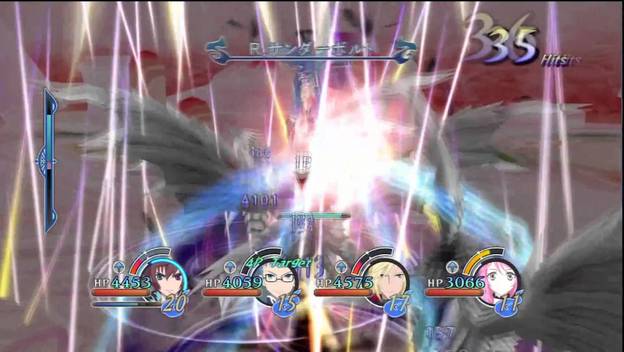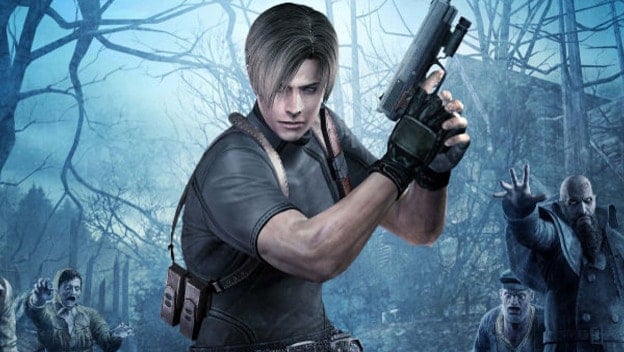There are a lot of good things about HD Remakes. They give people who missed a game the first time around a chance to play it again. They allow die-hard fans to own the game for the most recently released systems. They also allow companies to make some residual income from an old IP for very little investment, and as much as this sounds like being cheap or a cop out or something, it actually is instrumental in allowing many companies to stay afloat while working on a bigger title. Finally, it’s really hard to screw up an HD remake. As long as the game plays as good as it did in its original incarnation, fans will still buy it.
That being said, there is a right way and a wrong way to do HD remakes. Or perhaps I should say there is a creative way and an uncreative way. HD Remakes don’t, necessarily, have to tread the same ground over and over again. They can actually add something new to an old experience. By doing so, they can feel more like new games rather than crappy cash-ins. As an example, let’s examine two recent HD remakes, Tales of Symphonia Chronicles and Resident Evil 4: Ultimate HD Edition .
Resident Evil 4: Ultimate HD Edition is a great game, but it’s not great on its own merits. It’s great, because the original Resident Evil 4 is great. Very little has changed. The audio is the same, the graphics are just updated textures, and there is no new content. The only difference between this edition and other editions which we have all played before, is that it can be played on a PC with a keyboard and mouse. Resident Evil 4: Ultimate HD Edition is not a bad game, but it’s very unimaginative.
Tales of Symphonia Chronicles , on the other hand, does quite a lot more with its HD remake. Sure, it has the same texture update, but it also updates the game’s camera and fixes many of the game’s bugs. Characters were given new skills, new costumes and new abilities, all of which slightly changed the way the game was played. The costumes themselves are all references to later games in the Tales series, reminding fans of more recent titles and even giving them impetus to check them out. Note, that Tales of Symphonia Chronicles still didn’t include any more “game” so to speak. It just included more game elements and that alone made the game feel fresh.
What’s even more interesting, is that both of these franchises have examples of even better HD remakes. The first ever port of Resident Evil 4 added a whole new chapter called “ Separate Ways ” which let you pay as Ada Wong, on top of a bunch of new guns and costumes.
Tales has Tales of Graces F , which included not only new game mechanics, but a whole other GAME! After beating the original boss of Tales of Graces , the tales cast moves on to face a whole slew of other more powerful enemies and have to sue new abilities, including new game mechanics to defeat them. It also had a whole bunch of new in-game cutscenes which were rendered with better graphics and animation than anything the main game had to offer. It was easily the definitive version of the game because it included 15 more hours of gameplay that no one had ever seen before.

This leads us to the ten million dollars question: what makes an HD remake good? In my opinion, it’s when the HD remake adds something that makes you look at the original game in a different light. Resident Evil 4: Ultimate HD Edition is still a good game because the keyboard and mouse controls allow you to experience the game differently. Tales of Graces F is a good game because it adds so much more gameplay. If companies keep adding something new to their remakes, they could probably get their fanbase to keep buying them for years to come. So you see, HD Remakes don’t have to be simple cash-ins after all.
